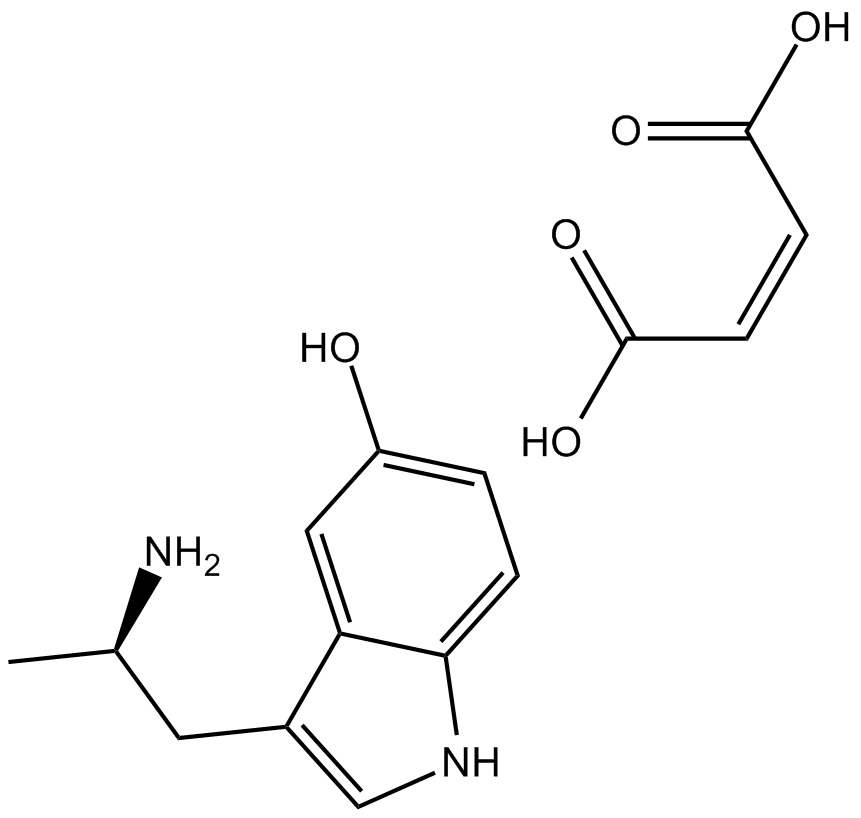Archives
br Author Contributions br Acknowledgments This
Author Contributions
Acknowledgments
This work was supported in part by the Canadian Institutes of Health Research (a grant to Q.B.L, #105218, and a New Investigator Award to Q.B.L), the Ontario Ministry of Research and Innovation (an Early Researcher Award  to Q.B.L, #112621), and Natural Science and Engineering Research Council of Canada (NSERC, a grant to Q.B.L, #111333). No other funding sources have been provided in the writing of this manuscript or the decision to submit if for publication.
to Q.B.L, #112621), and Natural Science and Engineering Research Council of Canada (NSERC, a grant to Q.B.L, #111333). No other funding sources have been provided in the writing of this manuscript or the decision to submit if for publication.
Q.B.L. declares that there was a submitted patent application associated with the data reported in this manuscript. Correspondence and requests for materials should be addressed to Q.B.L. ([email protected]).
Introduction
Acute promyelocytic leukemia (APL) is a distinct subtype of acute myeloid leukemia with typical chromosomal translocation t(15; 17), which results in the formation of leukemogenic chimerical gene PML–RARα. The PML–RARα oncoproteins exert a dominant-negative effect on their normal counterparts, PML and RARα, which are involved in the regulation of the physiological processes of myeloid differentiation, apoptosis and DNA replication/repair (Chen et al., 1994; Degos et al., 1995; Fenaux et al., 1994; Huang et al., 1988; Niu et al., 1999; Villa et al., 2007; Wang et al., 2010; Zhu et al., 2007). Bleeding tendency caused by either hypofibrinogenemia or disseminated intravascular coagulation (DIC) and accumulation of promyelocytes in the bone marrow (BM) are common clinical features (Chen et al., 1994; Degos et al., 1995; de la Serna et al., 2008; Tallman and Altman, 2009).
The revolutionary introduction of all-trans retinoic Exendin-3 (9-39) amide (ATRA) has significantly changed the treatment paradigm of APL (Huang et al., 1988; Muindi et al., 1992; Sanz and Lo-Coco, 2011). The terminal differentiation of APL cells upon effect of ATRA, instead of cytolysis by conventional chemotherapy, ameliorates the coagulopathy of the disease and increases the complete remission (CR) rate of induction (Tallman and Altman, 2009; Muindi et al., 1992; Sanz and Lo-Coco, 2011; Zhu et al., 1999). Currently, ATRA based treatment has become the standard care of the APL which significantly prolongs disease-free survival (DFS) and overall survival (OS) (Fenaux et al., 1994; Avvisati et al., 1996; De Botton et al., 1998; Estey et al., 1999, 2005; Hu et al., 2009; Shen et al., 2004). Since the 1990s, arsenic trioxide (ATO) has yielded breakthroughs in treating both relapsed and newly diagnosed APL patients and has been shown to induce differentiation and apoptosis of APL cells. Mechanistic exploration proved that ATRA and ATO exert direct effects on distinct functional domains of the same PML–RARα oncoprotein. While ATRA targets the ligand-binding domain (LBD) of RARα moiety, arsenic binds to adjacent cysteine residues located within the RING, B Boxes and coiled coil (RBCC) domain of PML. Both agents induce degradation of the fusion protein. Interestingly, arsenic binding results in an oligomerization of PML–RARα and increases its interaction with the small ubiquitin-like protein modifier (SUMO)-conjugating enzyme UBC9, leading to enhance SUMOylation. The sumoylated fusion protein on its turn recruits the ubiquitin E3 ligase RNF4 and undergoes proteasome-mediated degradation (Chen et al., 1996; Jeanne et al., 2010; Rajendra et al., 2012; Zhang et al., 2010; Zhu et al., 1997). In addition, leukemia-initiating cells (LICs), which are responsible for relapse of leukemia, could be cleared by ATRA/ATO based treatment in murine models, providing further rationale of combined use of the two agents (Au et al., 2001; Ito et al., 2008; Nasr et al., 2008, 2010; Zhou et al., 2010). The potential synergic effect of ATRA and ATO owing to different modes of action represents thus a strong impetus for the trial of combination of ATRA and ATO in the newly diagnosed APL. Indeed, ATRA/ATO combination as first line induction therapy with chemotherapy as consolidation has not only brought a shortened time to achieve CR but more importantly reduced disease burden and substantially enhanced survival as compared to patients treated with each of the two agents in an initial randomized trial at the Shanghai Institute of Hematology (SIH) (Hu et al., 2009; Shen et al., 2004). Then in the extended arm of ATRA/ATO/chemotherapy combination for 85 APL patients, remarkable 5-year event-free survival (EFS) and OS rates of 89.2%±3.4% and 91.7%±3.0%, respectively, were achieved (Hu et al., 2009). The results were then confirmed by several hematology/oncology centers in Western countries. Lo-Coco et al., 2013 recently reported that by using ATRA and ATO alone in the treatment of newly diagnosed low-to-intermediate-risk patients, the CR rate could be as high as 100% with a 2year EFS of 97% (Lo-Coco et al., 2013).